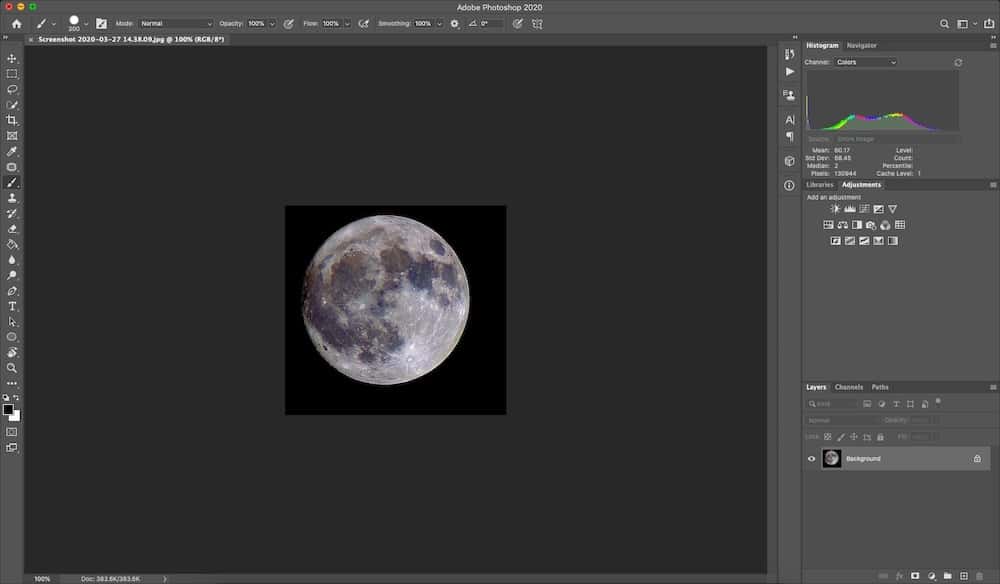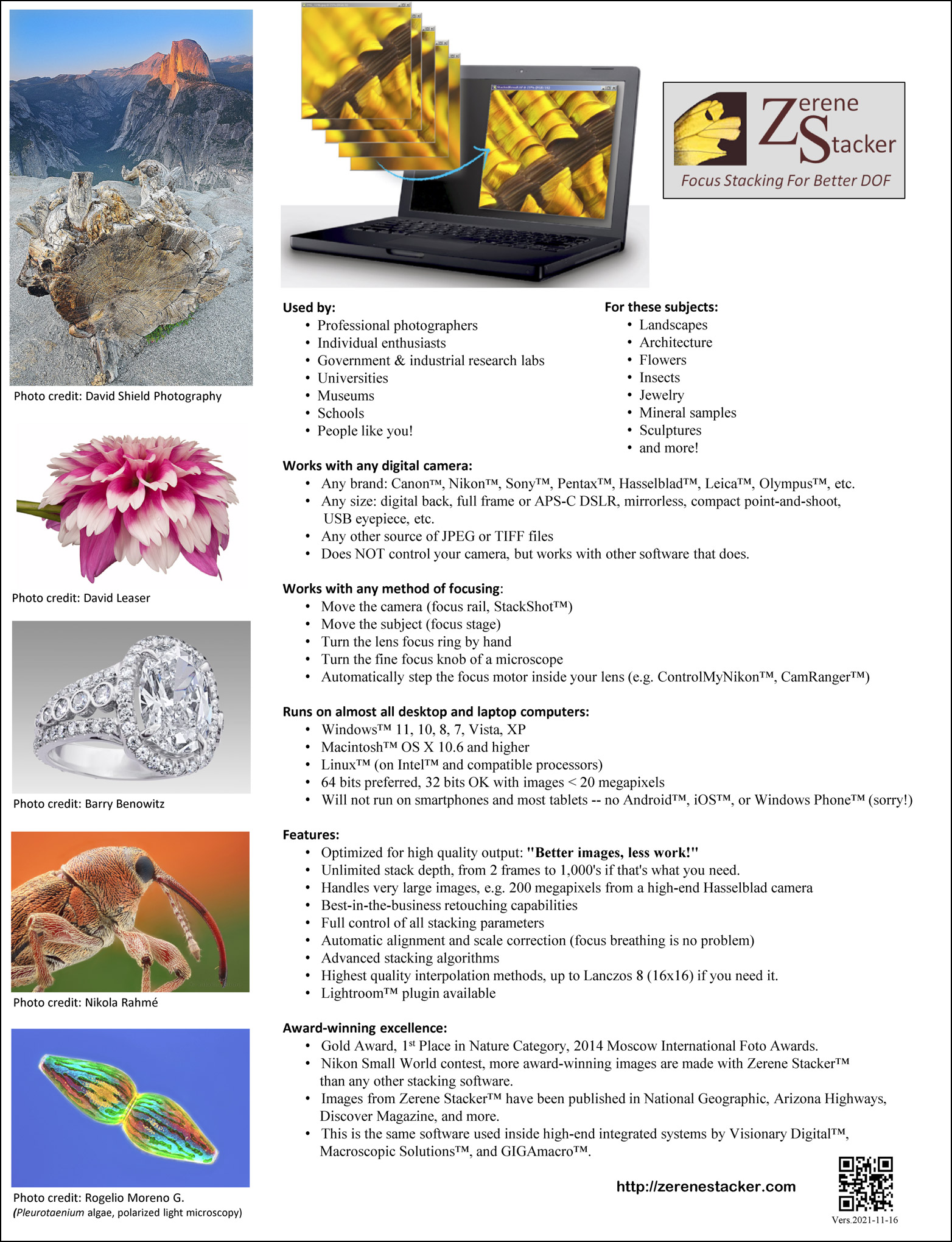
Make sure that your focusing mode is set to “AF”.Ĥ.

Shoot a little wider: You will need to crop the image later.ģ. It is important to keep the camera as stable as possible!Ģ. Using the in-camera Focus Bracketing function simplifies the process by automating the shots, and the Depth Compositing tool in DPP makes it easier to merge the shots into a successful final image.ġ. They would then align and merge these images with image editing software.Īs simple as it sounds, it actually requires a lot of skill and experience to get the images to look right.
#Focus stacking software reviews manual#
Traditionally, the photographer will use manual focus (MF) to take a number of pictures, shifting the focus incrementally for each shot.
#Focus stacking software reviews professional#
Extremely narrow apertures also increase the chances of diffraction, resulting in image softness.įor this reason, we use focus stacking to ensure that an image with a large depth-of-field is truly sharp with high image quality.įocus stacking is most widely used in professional product photography. But if you look closer, you will notice that not all parts are equally sharp.ĭepending on the photographic subject, when you try to deep focus the image with a narrow aperture, it is still possible that the depth-of-field does not extend deep enough for all elements to be sharply in focus. Using a very narrow aperture like f/22 will help us to get shots like this to appear entirely in focus. How is focus stacking different from normal deep focusing? This is because of the close shooting distance, which still allows you achieve the shallow depth-of-field necessary for background bokeh despite the narrow aperture. This not only makes it easier to establish focus, you will still have a nice background bokeh. In such cases, you would normally narrow the aperture to somewhere around f/11.

Have you ever set your aperture to f/2.8, intending to create background bokeh, only to end up with a depth-of-field so shallow that you can’t get the entire flower in focus? Here’s an example to illustrate: Let’s say you want to take a close-up of a small flower. However, you will probably notice it when you take close-ups and macro shots, because the shooting distance is so much shorter. You most likely won’t notice the difference when shooting portraits or natural landscapes, because for these, the subjects tend to be a certain distance away.

The answer will be surprising to some: It is, in fact, shooting distance. Which factor affects depth-of-field the most? The relationship between each factor and the depth-of-field is shown below: Factor “Depth-of-field” refers to the area of the image that appears sharp (“in focus”) after we have established focus on a subject. This can also be described as a “shallow depth-of-field”. In other words, the area in focus becomes narrower. We all know that using a wide aperture causes the background to become “blurred”, or more specifically, defocused. Use the Depth Compositing tool in DPP to merge them to create a final image that is sharp all around. Images A to D are-focus bracketed shots with different points of focus, ranging from the parts of the subject closest to furthest from the camera. You can use Canon’s Digital Photo Professional (DPP) post-processing software to merge the in-focus areas of the bracketed shots, which results in a final image that is sharp and fully in focus all the way from the front to the back. The Focus Bracketing function makes use of the AF system to take multiple shots, each with the focal point placed slightly further away. How are focus-stacked images different, and how do you create them? Read on to find out-you might just be tempted to make your own!įocus stacking: A technique that combines images shot at different focal distances to achieve a greater depth-of-field It is a tedious, time-consuming task when done manually, but can be simplified with the help of the in-camera Focus Bracketing function. Focus stacking (or “depth compositing”) is a technique that is most frequently used by professional product photographers to achieve detailed shots of products.


 0 kommentar(er)
0 kommentar(er)
